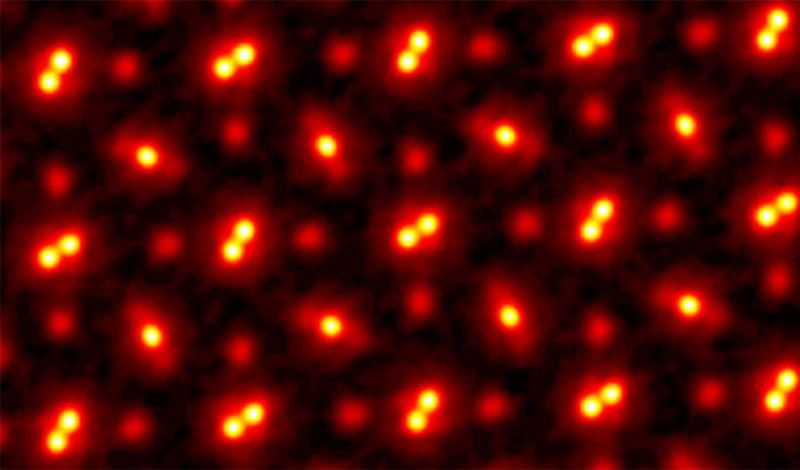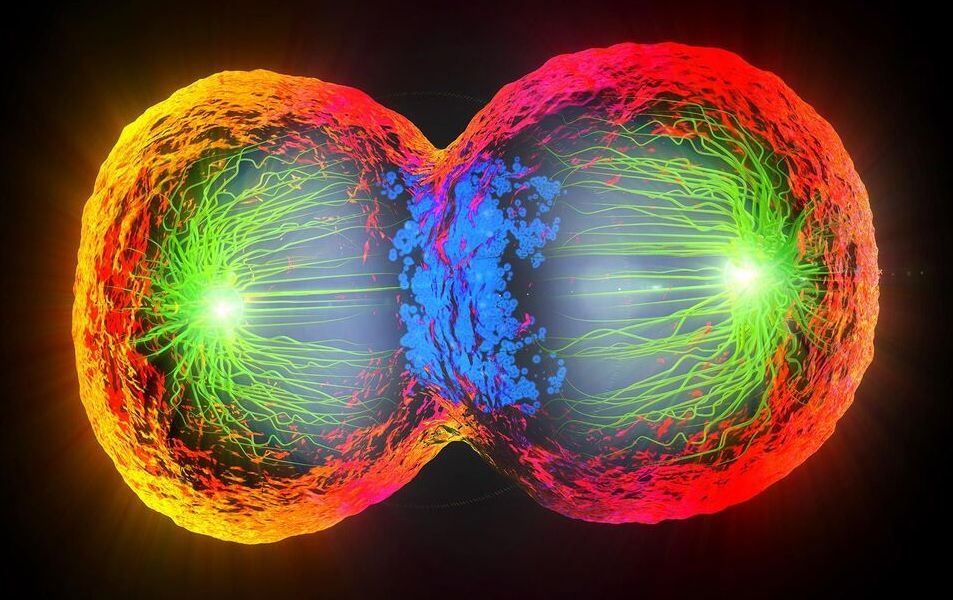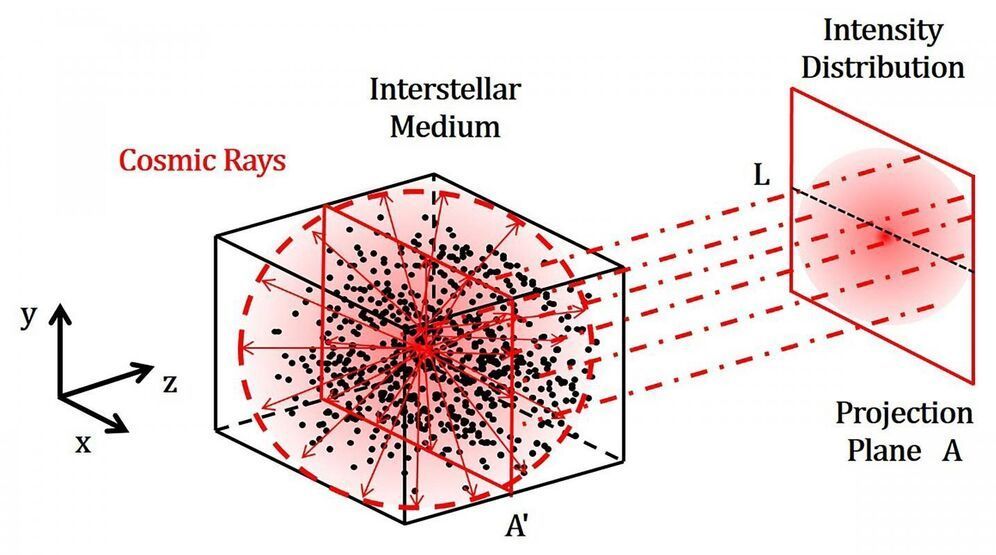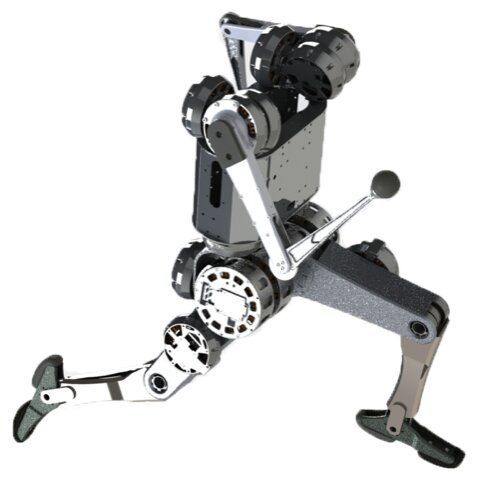With 2700 locations across 10000 U.S. communities, YMCA is becoming a major hub for healthy living — From vaccinations and diabetes prevention programs, to healthy aging and wellness — Siva Balu, VP/Chief Information Officer — The Y of the U.S.A.
Mr. Siva Balu is Vice President and Chief Information Officer of YMCA of the U.S. (Y-USA), where he is working to rethink and reorganize the work of the organization’s information technology strategy to meet the changing needs of Y-USA and Ys throughout the country.
The YMCA is a leading nonprofit committed to strengthening community by connecting all people to their potential, purpose and each other, with a focus on empowering young people, improving health and well-being and inspiring action in and across communities, and with presence in 10000 neighborhoods across the nation, they have real ability to deliver positive change.
Mr. Balu has 20 years of healthcare technology experience in leadership roles for Blue Cross Blue Shield, the nation’s largest health insurer, which provides healthcare to over 107 million members—1 in 3 Americans. He most recently led the Enterprise Information Technology team at the Blue Cross Blue Shield Association (BCBSA), a national federation of Blue Cross and Blue Shield companies.
Mr. Balu was responsible for leading all aspects of IT, including architecture, application and product development, big data, business intelligence and data analytics, information security, project management, digital, infrastructure and operations. He has created several highly scalable innovative solutions that cater to the needs of members and patients throughout the country in all communities. He provided leadership in creating innovative solutions and adopting new technologies for national and international users.
Mr. Balu earned a bachelor’s degree in electronics and communication engineering from Bharathiar University in India, a master’s in business administration from Lake Forest Graduate School of Management and executive master’s degree from MIT-Sloan School of Management in Innovation, Strategy and Artificial Intelligence as well as additional certifications in Disruptive Strategy and Negotiation Mastery from Harvard Business School Online.
In his free time, Mr. Balu volunteers and contributes to several charities, including The Soondra Foundation (delivering healthcare to the working poor in India), Special Olympics, Chicago Food Depository, Sarah’s Inn, Challenged Athletes Foundation, Beyond Hunger, The Pack Shack, Cradles to Crayons and Gardeneers.
Mr. Balu has also developed a passion for long-distance running a few years ago starting with a 5k, and then to marathons and to running multiple ultra-marathons. He has run multiple 100-mile races. He recently ran what is referred to as ‘the worlds toughest foot race,’ Badwater 135-miler in Death Valley, and one of the coldest races, Tuscobia 160-miler.









